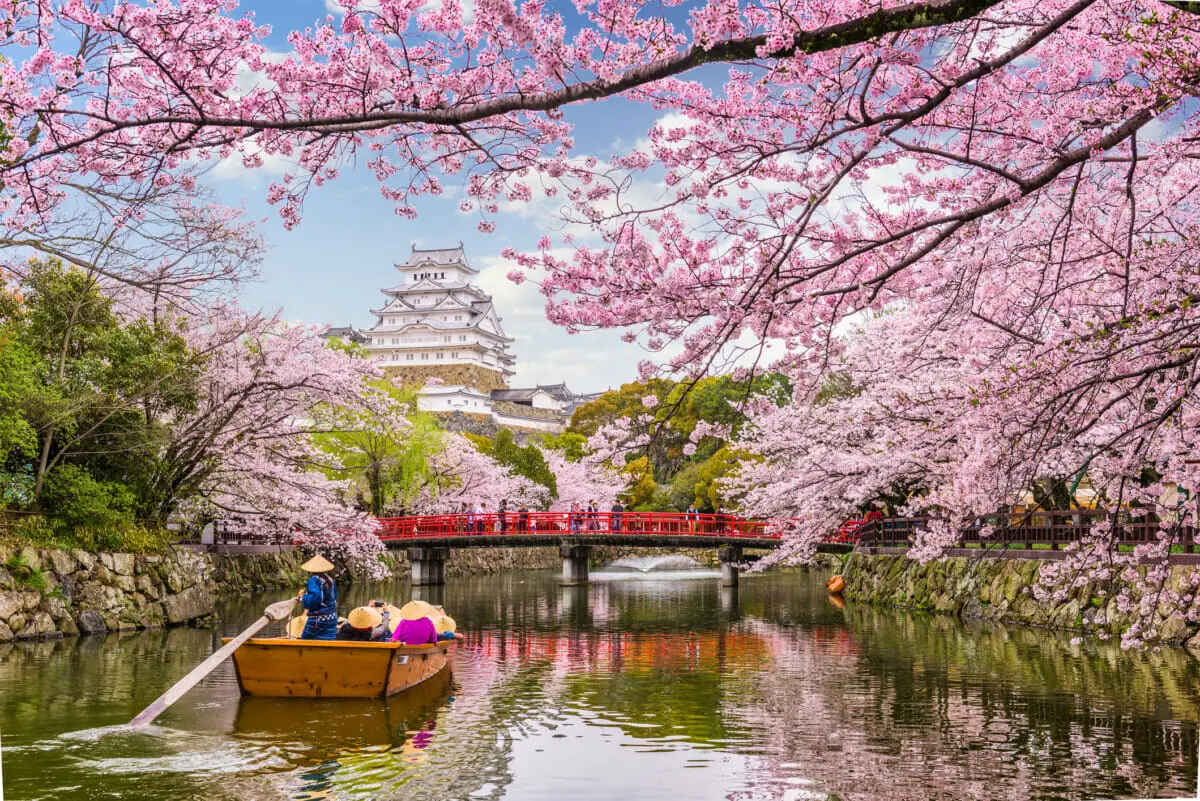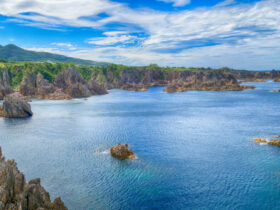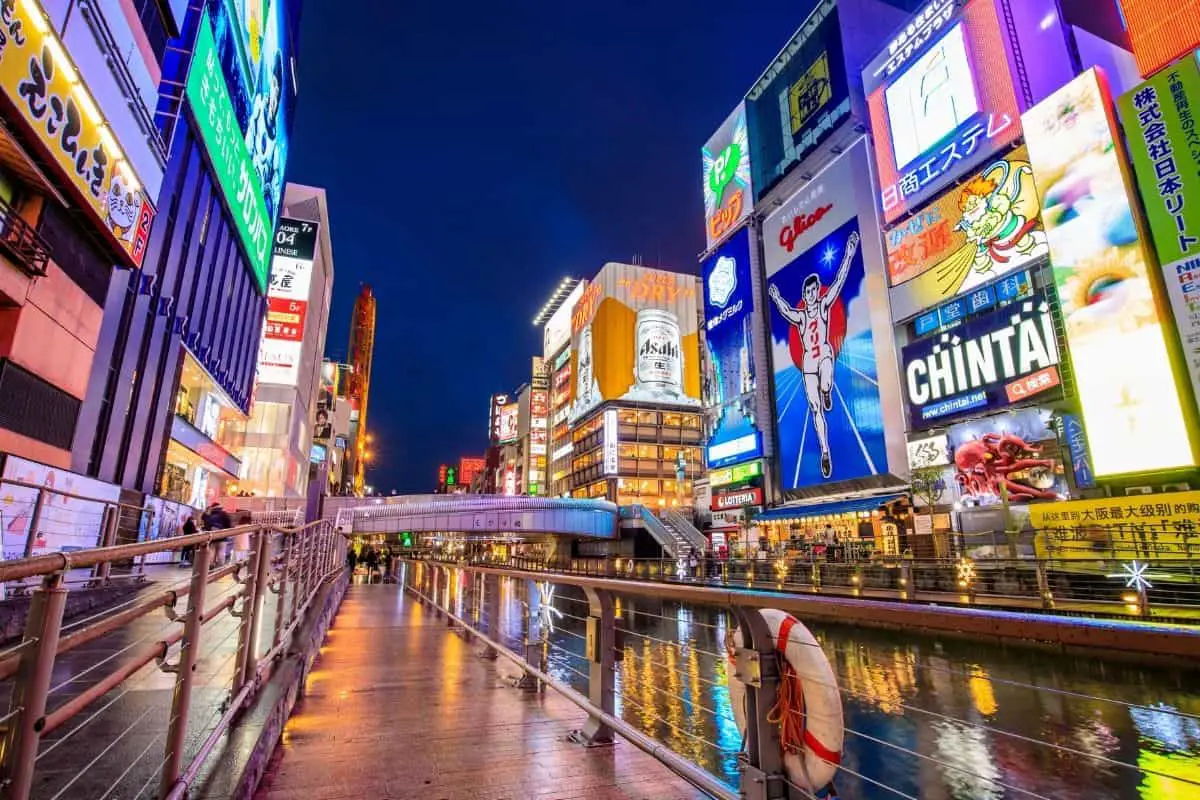About Hyogo Prefecture
Hyogo Prefecture (兵庫県) sits directly in the center of Japan, geographically speaking. It’s full of things to do and has many attractions, old and new. It’s easy to access from just about anywhere within the Kansai region, featuring its own cultural and artistic offerings.
Kobe, Osaka, and Kyoto make up what they call the “Kansai Region,” which are three cities near and dear to the prefecture. Hyogo itself extends from the Japan Sea to the Seto Inland Sea through Awaji Island.
The sheer size of the area covers various climates depending on where you are including seasides, mountains, and copious snowfall.
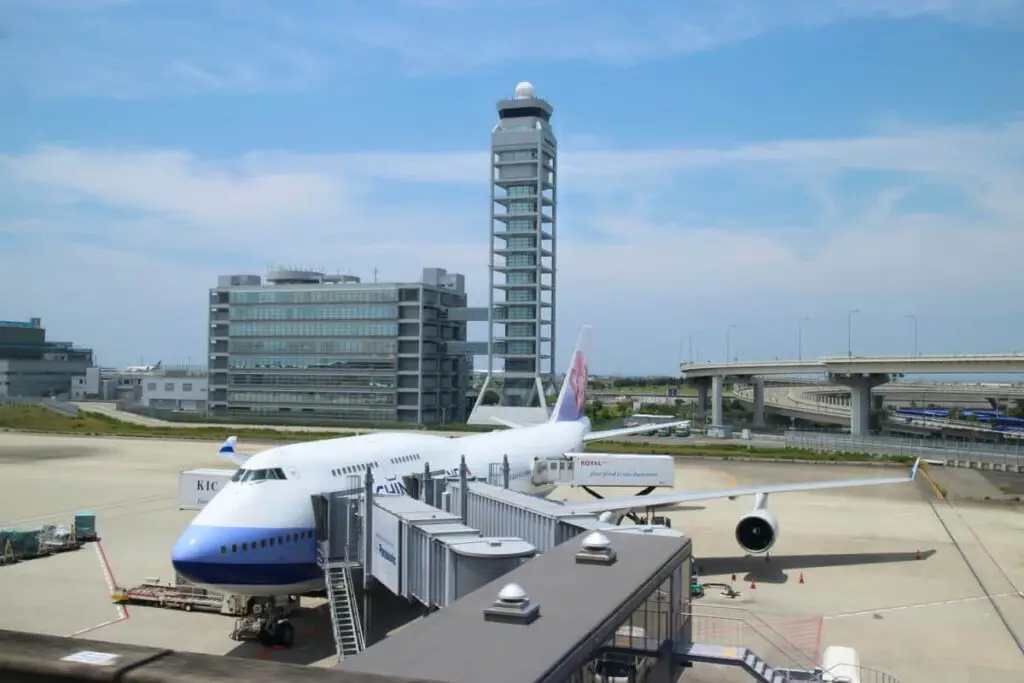
It’s noteworthy for geisha culture, music, art, shrines, temples, and many other historic sites. In fact, almost half of Japan’s national treasures and important cultural facilities are in this region. So, there’s no shortage of things to do.
Akashi Kaikyo Bridge
Akashi Kaikyo Bridge (明石海峡大橋) is the world’s largest suspension bridge, completed in April 1998 and links Shikoku Island with Hyogo Prefecture via the city of Kobe.
It’s 6,532 feet long (1,991 meters). This forms a portion of the Kobe-Awaji-Naruto Expressway system and crosses the Akashi Strait.
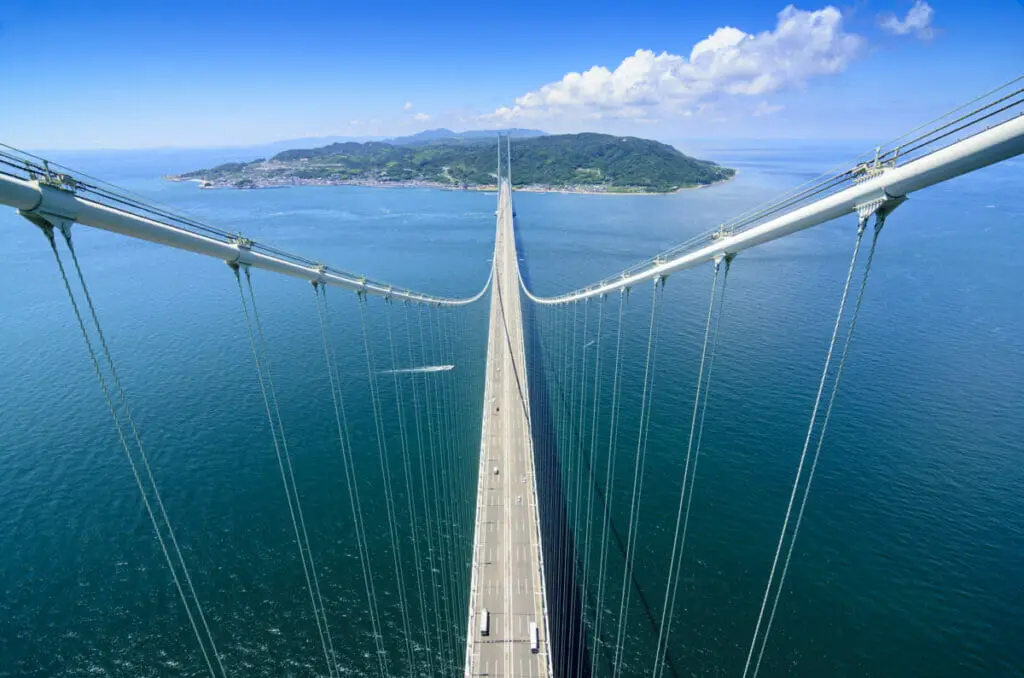
This bridge is a massive feat of engineering and architecture that has withstood the turbulent and busy waters that make up the strait.
There are two main piers beneath the water along with two anchorages on land and three expanses covered in rip raps about 26¼ feet (eight meters) thick.
Himeji Castle
Himeji Castle or Himejijō (姫路城) is an elegant, white fortress sitting atop a hill in the most spectacular display.
Also called White Heron Castle, or Shirasagijo, its imposing size and gorgeous stature make this area both a national treasure and a UNESCO World Cultural Heritage Site.
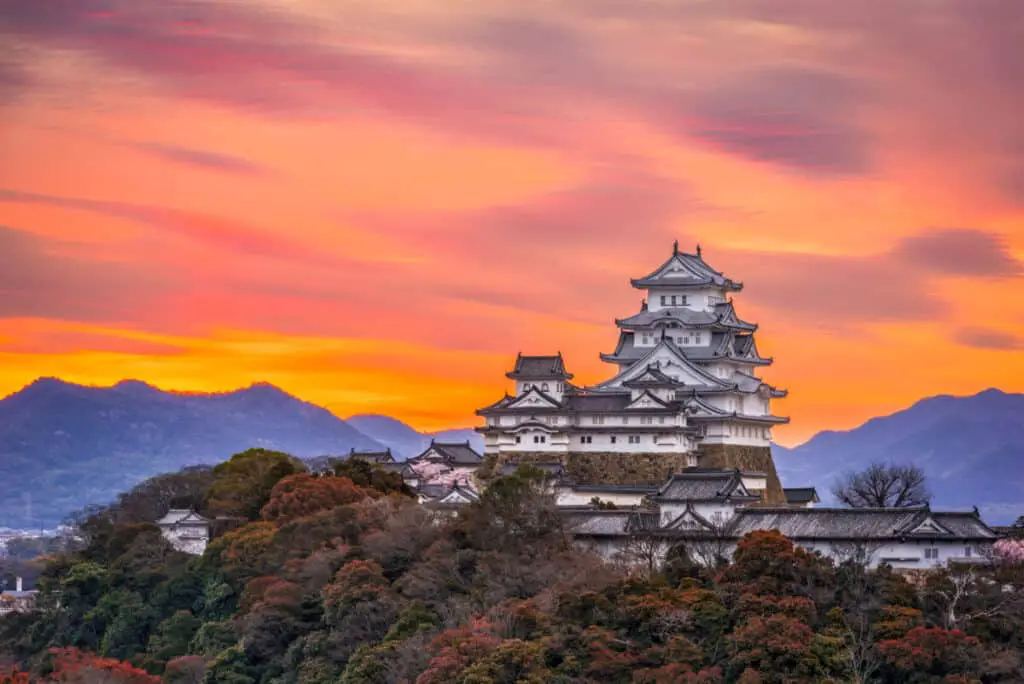
This is one of the few castles in Japan never been devastated by war, fire, or earthquakes. Therefore, it stands as one of the 12 originals in the country. It rests along the western side of Kyoto.
400 Years Old
The complex is over 400 years old, completed in 1609. It comprises over 80 buildings spread across the landscape with a series of paths and gates connecting them all.
This is a daylong excursion to explore, but the castle’s keep is impressive and sits at the heart of the complex.
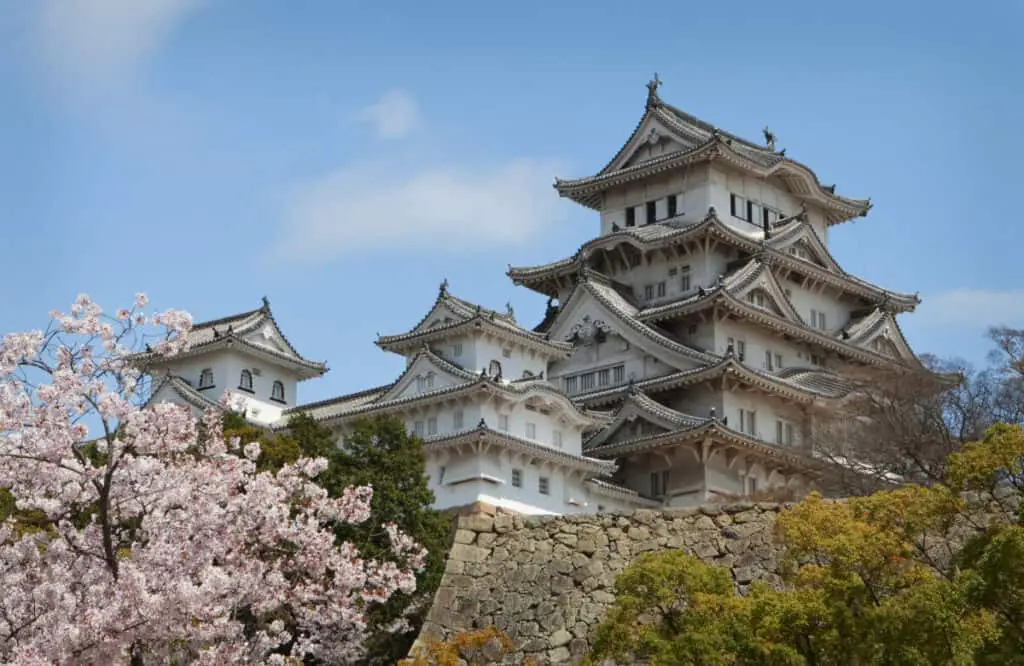
It’s a six-story structure comprised of wood with several steep, narrow staircases inside. These progressively reduce in size as you ascend.
On the topmost floor, there’s a diminutive shrine, which allows a view in all directions around the castle roofs, military defense posts, and across Himeji city.
Hot Springs Galore
Several large and small hot springs riddle the whole area encompassing Hyogo Prefecture. The three most popular are Arima, Kinosaki, and Yumura.
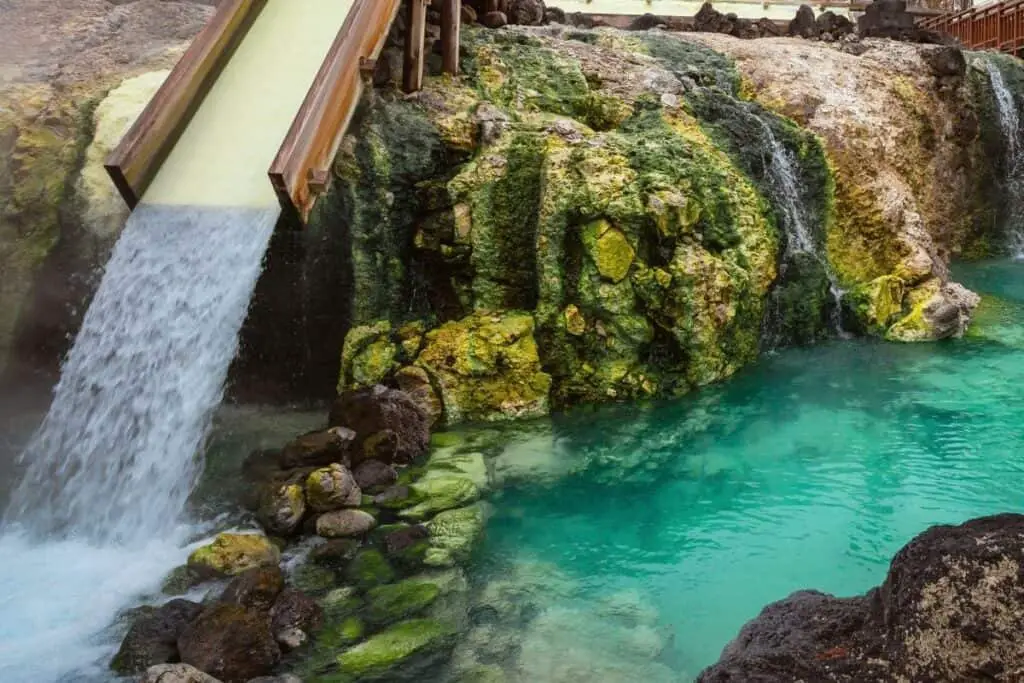
Arima
Arima Hot Springs (有馬温泉), called onsen, is in Kobe and rests behind Mount Rokkō. This beautiful and tranquil place has had nationwide fame for centuries.
During the Heian Period, a book called “The Pillow Book” mentions Arima was one of the most prestigious hot springs of the Edo Period.
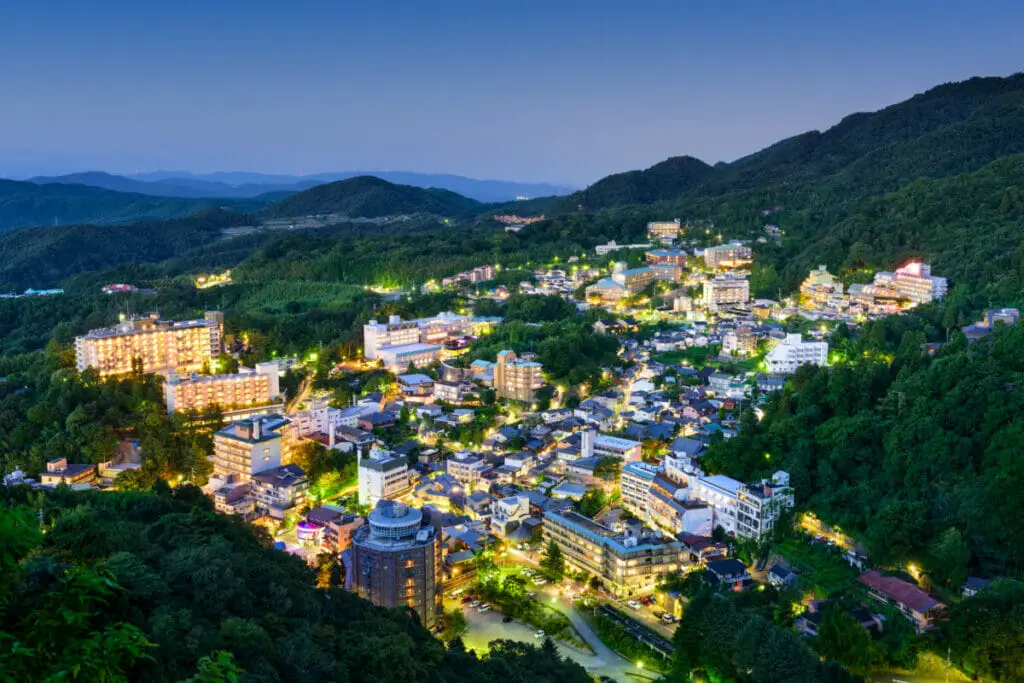
One of the many famous visitors to this hot spring was Gyoki, a 7th century Buddhist Monk, and Ninsai, a 12th century Buddhist Monk. Its fame comes from the two types of springs available.
The first one is kinsen (金泉), or gold spring, and the other is “silver spring,” called ginsen (銀泉).
They get their names from the colors created by the minerals injected into the water from the surrounding area.
Gold Spring has a yellow-brown hue from the heavy salt and iron content present. Silver Spring has carbonate and radium, giving it a shiny metal glow.
Kinosaki
Kinosaki Hot Springs (城崎温泉) is a 1300-year-old onsen town located in the northern part of Hyogo along the Sea of Japan Coast.
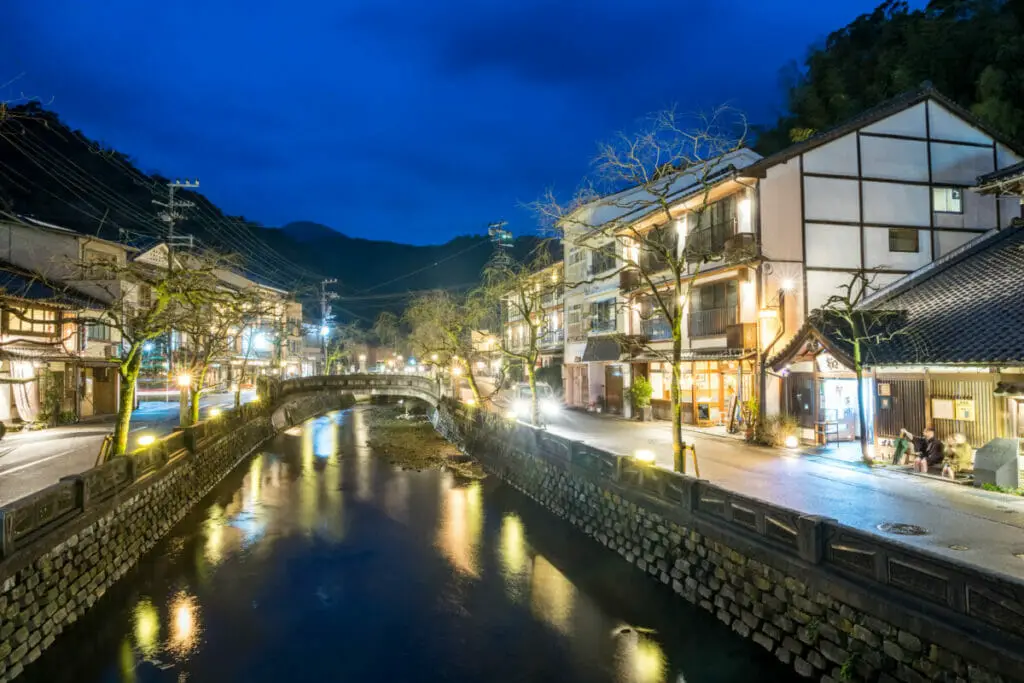
It’s about 2½ hours from Kyoto or three hours from Osaka by train. It nestles along a willow-lined river and has been a beloved area since the 8th century.
The place burgeons with old-fashioned charm as locals and tourists stroll about in yukata (kimono-like bathing robe) and geta (wooden shoes).
Yumura
Yumura Hot Springs (湯村温泉), called “hot spring village,” have been in operation since its founding in 848 AD by the priest, Jikaku Daishi.
Located in the northern section of Hyogo Prefecture, it’s one of the more remote and rural types of hot springs.
This onsen offers locals the opportunity to boil eggs, bamboo, corn, sweet potatoes, other veggies, and mountain herbs in the water along with a dip in the springs.
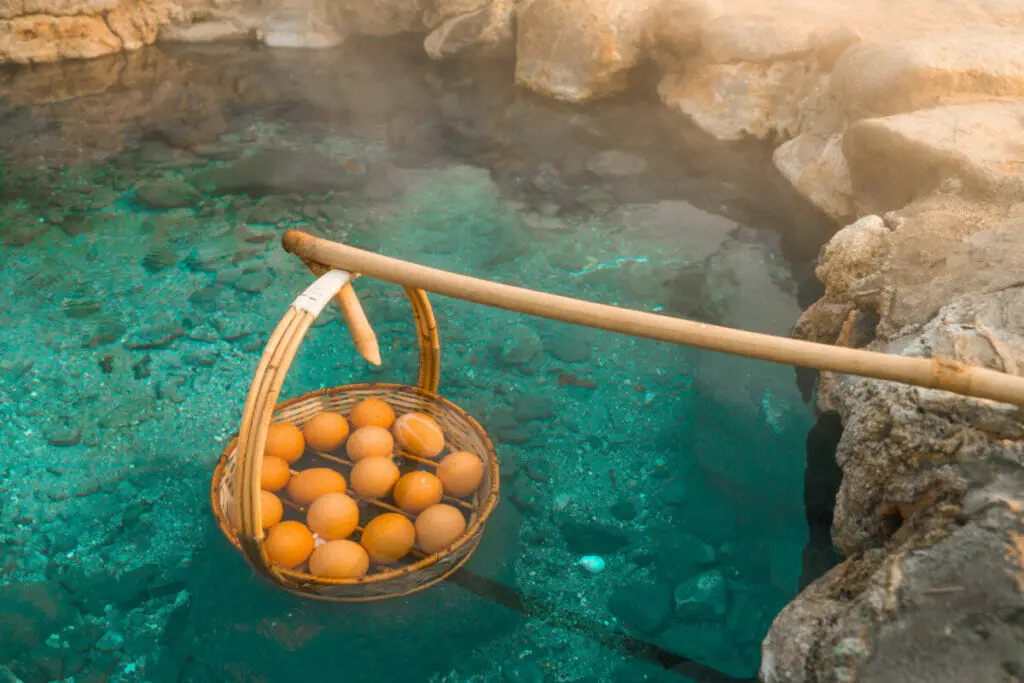
It used to be that people did most of their daily cooking in the hot spring since it reaches 208°F (98°C).
Plus there are other things to visit such as a museum, the San-in Kaigan National Park, beaches, caves, and other rock formations.
Tourists can even go to Tajima Bokujo Park to interact with animals and sample the regional cuisine.
Awaji Ningyo Joruri Puppet Theater
The Awaji Ningyoza (淡路人形座), or Awaji Puppet Theater, is a time-honored tradition in Hyogo Prefecture. For ¥1500 ($12.15 USD), there are daily performances.
Puppeteering, usually called bunraku, is one of the three main theatrical performance types from the Edo Period.
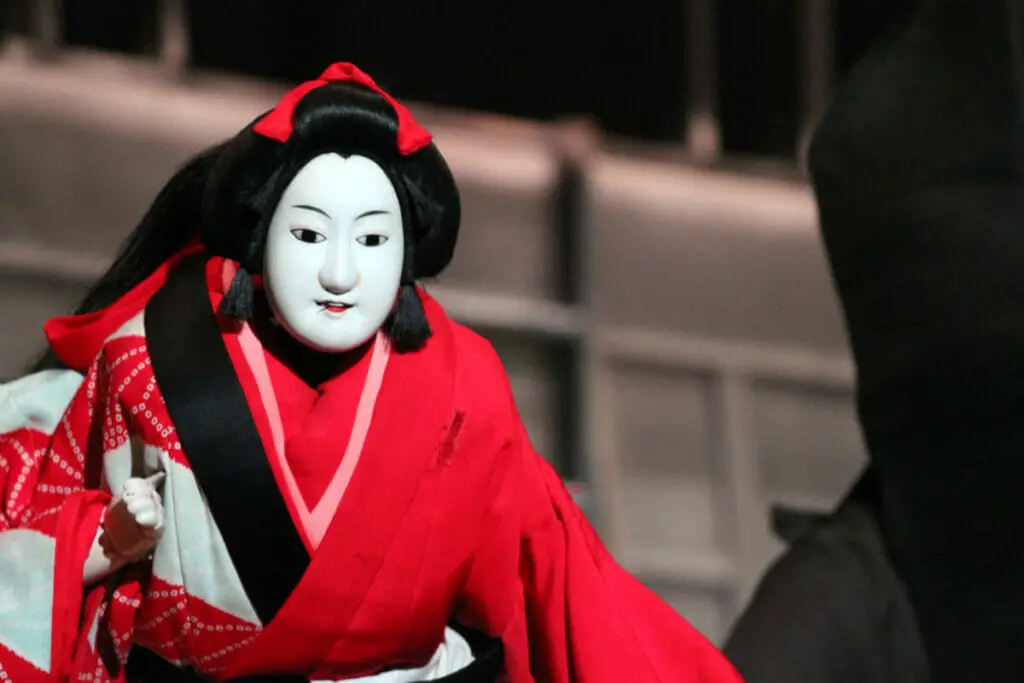
The puppets have large heads disproportionate to their bodies. The artistic and painstaking attention to detail is an age-old practice passed down through generations.
It takes three people to operate a single puppet.
But, with the advent of moving pictures, this style of Japanese puppetry became close to extinction. However, in 1969, a dedicated and determined group of people built the Awaji Puppet Theater.
Today the theater has 180 seats to enjoy the entertainment of an 18-person troupe complete with a shamisen player and narrator.
Nada Kuroiwa Suisenkyo
Hyogo has no shortage of public gardens, open fields, and vast nature to view breathtaking flowers.
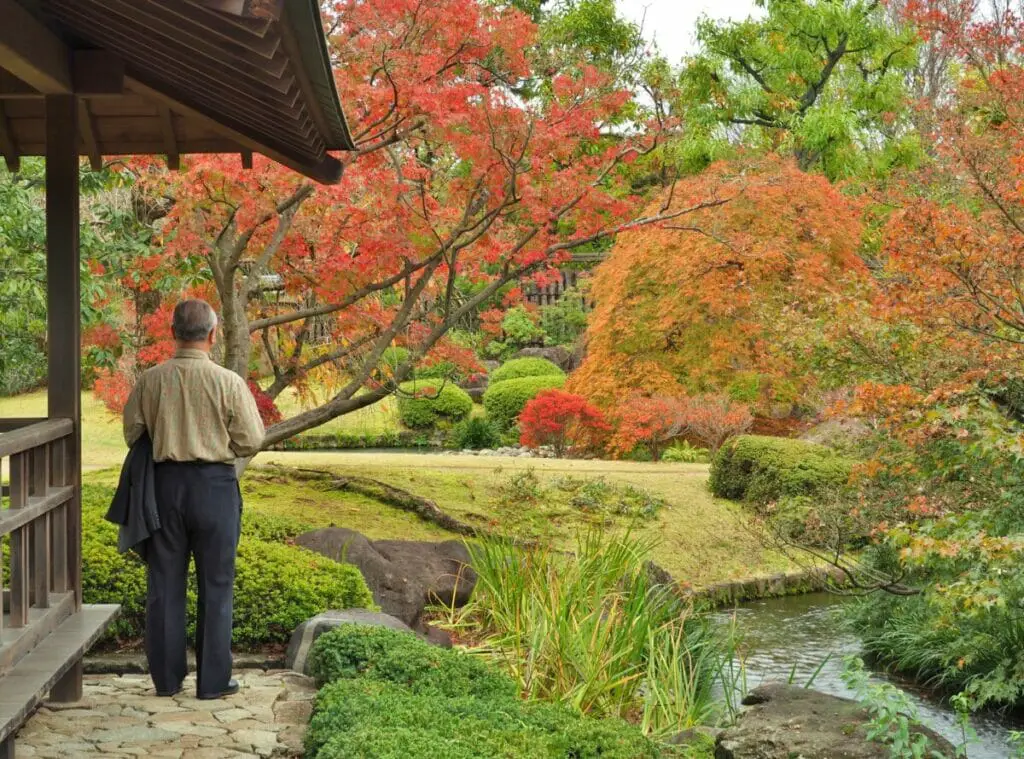
None are as beautiful as the Nada Kuroiwa Suisenkyo (灘黒岩水仙郷). Some 500 million fairy-like daffodils bloom across the ocean side of Awaji Island every spring.

